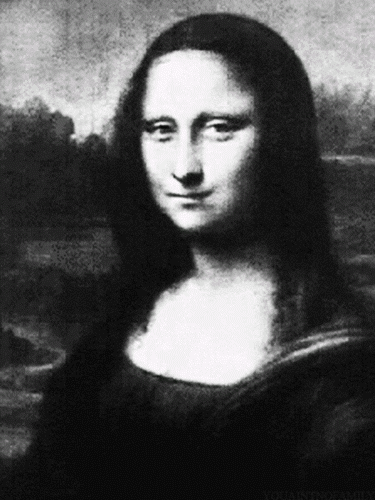
From the walls of the world’s great museums, to the dusky halls of the stately homes of England, you never know what cryptic horrors lie within your favorite masterpieces.
What macabre substances are hiding right before your eyes? What ghoulish images are lurking just beneath the surface of the paint? What gruesome backstories are concealed by the demure smiles of last centuries’ beauties? Sartle has all the answers, and some of them just might haunt your nightmares. Read on…if you dare!
1. Mummy Dearest
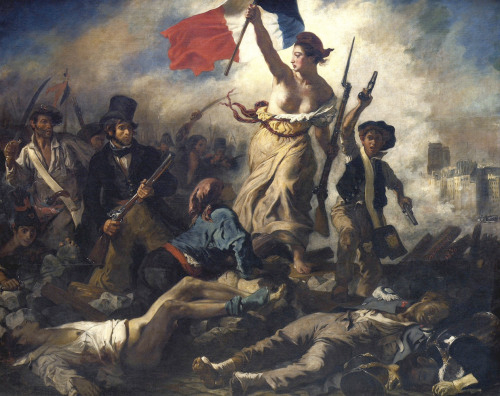
Liberty Leading the People by Eugene Delacroix, in the Louvre-Lens.
Delacroix’s Liberty Leading the People stands next to our own Statue of Liberty as a seminal icon of freedom. But this is France so of course Lady Liberty is topless. When Imperialism was in flower, Europeans plundered the tombs of ancient Egyptians for gold, artifacts, and high-priced paint pigment. Mummies were literally ground into powder and applied to canvases. Delacroix was known to use “mummy brown,” so you might be looking at a 3,000 year old dead person. If you believe in the mummy’s curse, then be careful not to hang around too long next to this one at the Louvre-Lens, or you might wake up with a cobra in your bed.
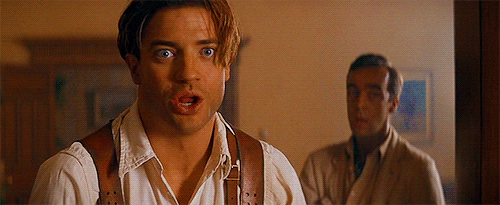
2. Circle of Death
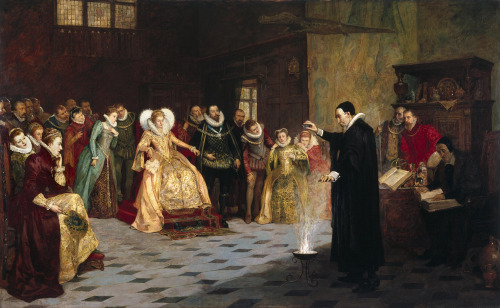
John Dee performing an experiment before Elizabeth I by Henry Gillard Glindoni, in the Wellcome Library.
At first glance, this may appear to be an ordinary history painting of an Elizabethan scene, but X-rays have revealed a secret circle of skulls in the underpainting. The subject is John Dee in the court of Queen Elizabeth I. Dee was known as the “Conjurer to the Queen,” for his ability to perform mesmerizing tricks, as if by magic. He also cast horoscopes, and claimed he could communicate with angels. Glindoni initially portrayed Dee as a sorcerer of the occult, surrounded by the ring of human skulls, but painted over the disturbing motif, probably to appease a conservative patron.
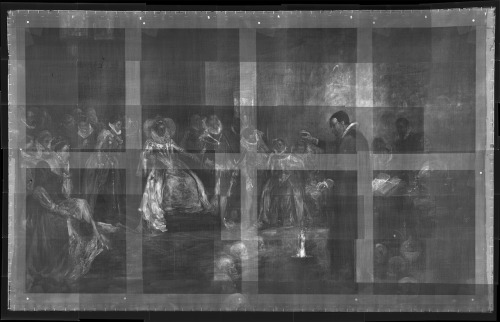
X-ray analysis showing a circle of skills around Dee’s feet (courtesy Royal College of Physicians), via Hyperallergic.
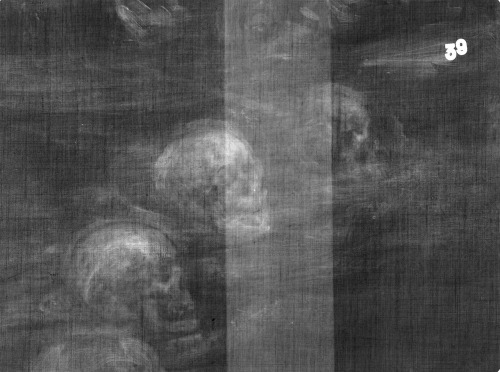
(detail)
3. A Terror of Two Twinsies
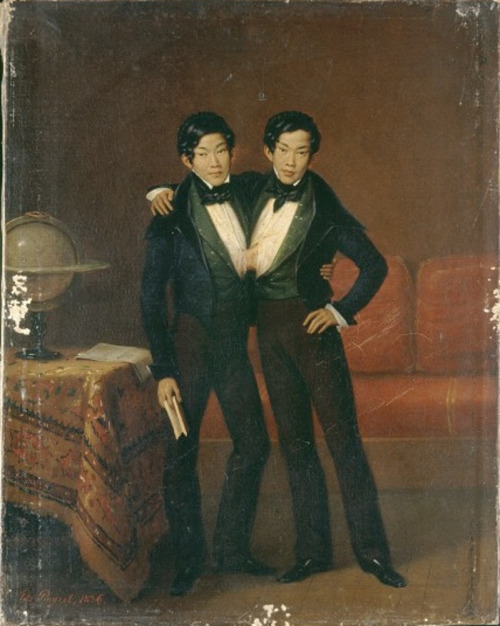
Chang and Eng, The Siamese Twins by Edouard Pingret, in the Wellcome Library.
Just down the hall from John Dee in the Wellcome Library, you can find Chang and Eng Bunker, the original Siamese twins from P.T. Barnum’s circus of “human curiosities.” They were banned from France for fear that they would terrify pregnant women into giving birth to mutants. They later shocked society by marrying two white sisters in the antebellum South in what was called an “unholy alliance,” and having 22 children between them (if only beds could talk!). One day, Eng woke up screaming, still attached to his brother’s dead body. He died three hours later, some say of fright. You can still see their preserved double-liver and ghostly death cast at the Mutter Museum in Pennsylvania. Their liver even guest starred on American Horror Story: Freak Show.
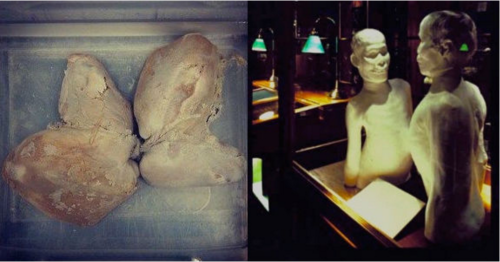
Chang and Eng’s liver and death cast, in the Mutter Museum.
4. The Corpse Bride!
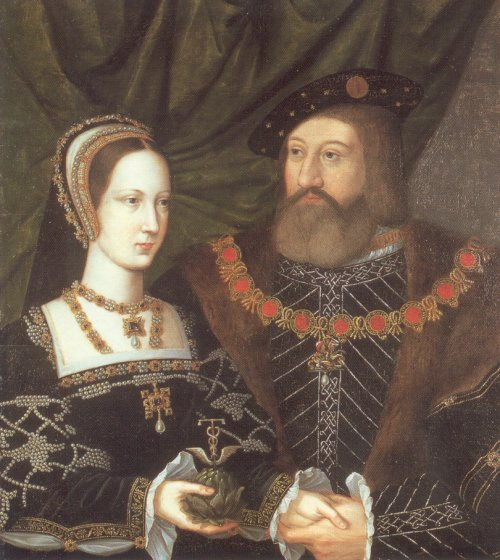
Mary Tudor and Charles Brandon’s wedding portrait by Jan Mabuse, in the collection of the Earl of Yarborough.
Mary Tudor was Henry VIII’s favorite sister, and considered the most beautiful princess in Europe for her lustrous, red-gold hair. After her first husband (the much older King of France) conveniently died, she married Henry’s #1 bro Charles Brandon in secret. Henry was none too happy that his best buddy was diddling his sister behind his back. This is their wedding portrait, and since black was a popular wedding color back then, Mary looks like Morticia Addams on Say Yes to the Dress. In 1784, Mary’s 250-year-old corpse was exhumed from the grave. Cool moisture had leaked into the coffin, keeping her cadaver nice and juicy and preserving her legendary hair in pristine condition. Souvenir hunters, including the famous writer Horace Walpole, cut off locks of the hair as keepsakes. Some people just collect keychains.
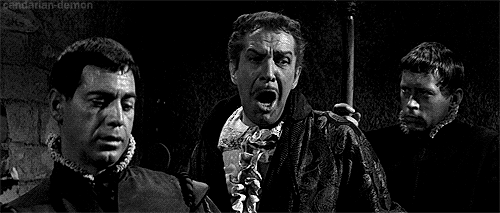
5. Quoth the Raven, “Nevermore.”
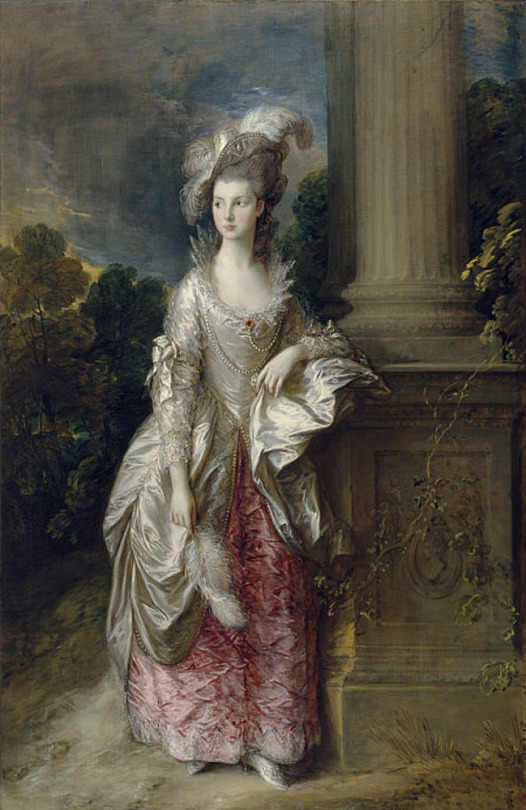
The Honourable Mrs. Graham (1757-1792) by Thomas Gainsborough, in the Scottish National Gallery.
Speaking of hotties from beyond the grave, Mary Graham was so beautiful she may even have attracted lesbian advances from Georgiana, Duchess of Devonshire. Despite the rumors, her husband Thomas adored her so much he once rode 90 miles in the pouring rain to fetch her jewelry box in time for a ball. Mary died young, and while Thomas was escorting her body across France, drunken revolutionaries broke into her casket and molested her corpse. Thomas was so traumatized by the sight that, like the hero of Edgar Allan Poe’s The Raven, he could nevermore bear to look upon his dead beloved’s likeness. He draped white muslin over this portrait, and it remained hidden for half a century.
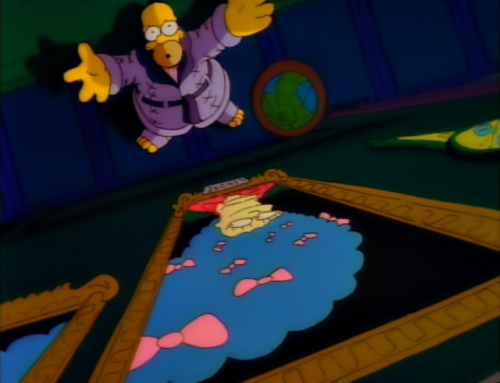
Lenoooooore!!!
6. “Good evening, Clarice.”
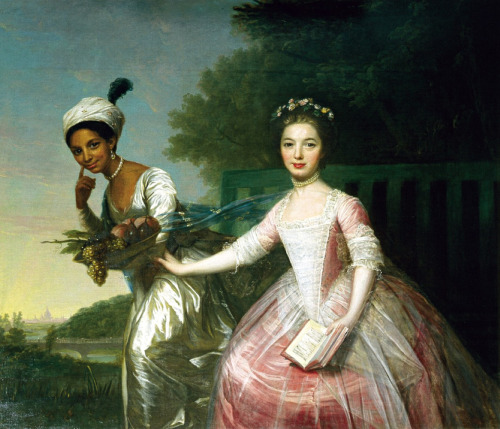
Portrait of Dido Elizabeth Belle and Lady Elizabeth Murray by Johann Zoffany, in Scone Palace.
This painting has come to widespread attention due to its revolutionary depiction of a black and a white subject on almost equal footing, and its prominent exposure in the 2013 film Belle. The artist is not definitively known, but Johann Zoffany is a popular contender. Zoffany was shipwrecked en route from India to England. He and other survivors, marooned on rocks, cannibalized an unfortunate sailor to survive. Thus we can say, without a trace of irony, that Zoffany knew what seaman tasted like. A critic summed up his legacy as, “The first and last Royal Academician to become a cannibal.” That’s one way to be remembered.
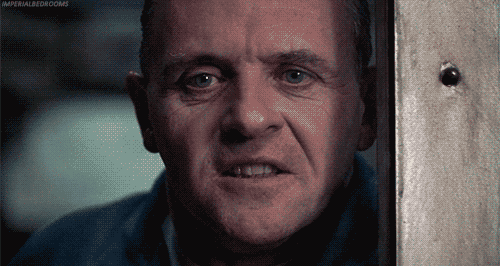
7. Beauty to die for!
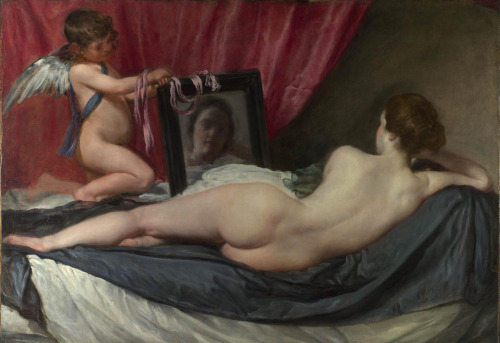
The Toilet of Venus (‘The Rokeby Venus’) by Diego Velazquez, in the National Gallery of London.
Velazquez’ cursed masterpiece is like the Hope Diamond of paintings. The Spanish Inquisition condemned nudes, so the precise origin of the piece is veiled in mystery. It is said to bring ruin, sickness and death to all who own it. Goya’s alleged mistress, the Duchess of Alba (who died mysteriously while the painting was in her family’s possession) may even be among the victims. In 1914, radical feminist Mary Richardson hacked the painting to pieces with a meat cleaver, disgusted with “the way men visitors gaped at it all day long.” You can still see where she slashed the canvas if you look closely. Some say the painting has the power to drive viewers mad, so be careful not to stare too long.
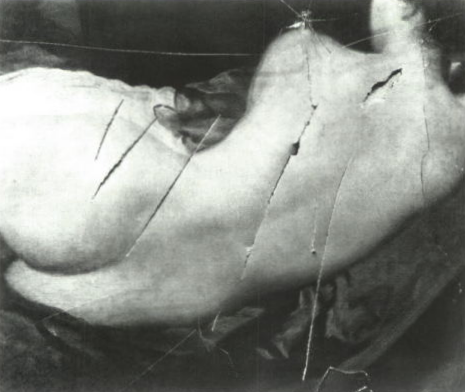
After the infamous slashing of 1914.
Dang! Mary Richardson went full-on “Psycho” on poor Venus.

Enjoy your next trip to the museum, but remember, you never know what terrifying secrets the paintings are hiding…or what unseen curses you might bring home with you.
Happy Halloween, and sweet dreams!
By Griff Stecyk









